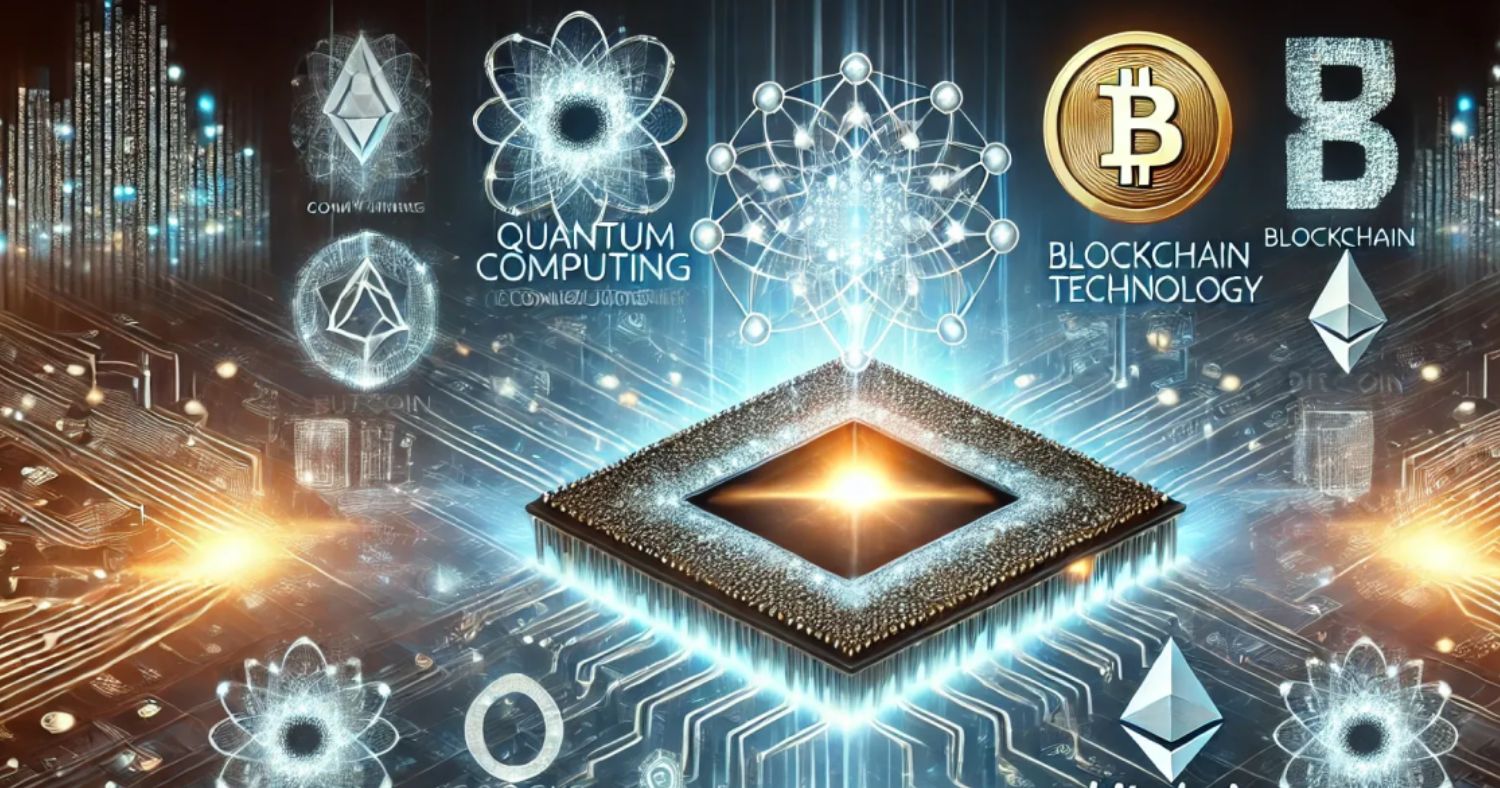Quantum computing, once confined to theoretical discussions, is rapidly emerging as a profound challenge to the very cryptographic foundations securing trillions of dollars in digital assets. A recent report from Mysten Labs illuminates a critical vulnerability: while newer blockchain networks are positioned for a smoother transition, established giants like Bitcoin and Ethereum confront significant obstacles in their journey towards quantum resistance.
The crux of the threat lies in the remarkable capabilities of quantum machines, particularly their ability to execute Shor’s Algorithm. This method efficiently factors large numbers, a computational feat that could dismantle the encryption behind widely adopted cryptographic systems such as RSA and the Elliptic Curve Digital Signature Algorithm (ECDSA). Both Bitcoin and Ethereum currently rely on ECDSA for transaction security. Should quantum computers scale sufficiently, attackers could leverage this power to reverse-engineer private keys from publicly available blockchain data, rendering existing digital ownership proofs potentially obsolete.
The path to quantum resistance appears less arduous for newer chains. Networks like Solana, Sui, and Near, which utilize the Edwards-curve Digital Signature Algorithm (EdDSA), are structurally better equipped to withstand future quantum threats. EdDSA is a modern signature scheme designed to circumvent common pitfalls associated with ECDSA, including vulnerabilities from weak random number generation or nonce reuse. According to Kostas Chalkias, co-founder and Chief Cryptographer at Mysten Labs, if Bitcoin had initially adopted EdDSA, even early wallets belonging to Satoshi Nakamoto could potentially be made quantum-safe.
For older chains like Bitcoin and Ethereum, the transition is fraught with both cryptographic and logistical complexities. As governments worldwide issue mandates for the deprecation of classical algorithms like ECDSA and RSA by 2030 or 2035, the pressure on blockchains holding sovereign assets or national treasuries to adopt post-quantum standards intensifies. Chalkias emphasizes that for communities prioritizing long-term credibility and mass adoption, this upgrade is not merely an option but a requirement.
However, implementing these defenses for networks like Bitcoin necessitates a hard fork – a significant protocol upgrade that would involve changing wallet addresses, migrating funds, and navigating intricate communal dynamics. Ahmed Banafa, a computer science professor at San Jose State University, highlights the immense challenges of such a transition, referencing the historical dispute within the Ethereum community that led to the creation of Ethereum Classic in 2015. A similar split in Bitcoin could fragment the network and its community. Furthermore, the sheer volume of existing Bitcoin and Ethereum wallets presents a formidable hurdle: if users fail to upgrade or secure their accounts, they risk exposing their assets and potentially undermining the network’s integrity.
While quantum computers are not yet powerful enough to execute these attacks, the window for preparation is closing. Banafa acknowledges that in 2009, when Bitcoin launched, the rapid advancement of quantum computing was not anticipated. Yet, the current trajectory demands proactive measures to fortify digital assets against the inevitable quantum future.






